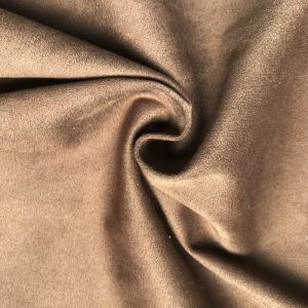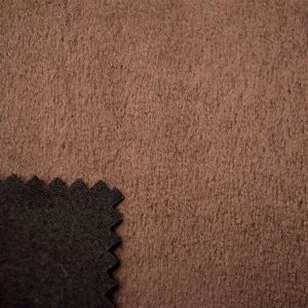What Is Faux fur Fabric?
The formation principle and variety classification of artificial fur is a plush fabric with an appearance similar to animal fur. Fiber bundles and ground yarns are fed into knitting needles and knitted into a circle so that the fibers are attached to the surface of the fabric in a fluffy form, and the fluff is formed on the reverse side of the fabric. tissue-like appearance. Compared with animal fur, it has the advantages of high warmth retention, high simulation, low price, and easy processing. It can not only imitate the fur material to show the noble and luxurious style, but also show the advantages of leisure, fashion, and individuality. Faux fur is often used as coats, garment linings, hats, collars, toys, mattresses, upholstery, and carpets. Manufacturing methods include knitting (weft knitting, warp knitting, and stitch knitting) and weaving. Knitting and weft knitting is the fastest growing and most widely used. In the late 1950s, with the recovery of the European economy, people began to pursue a luxurious life, which was manifested in the increasing demand for fur, which led to the extinction of some animals and the increasing scarcity of animal fur resources. In this context, Bauer invented artificial fur for the first time. Although the development process is short, it has developed rapidly. China's fur processing and consumer markets occupy an important share. The emergence of artificial fur can fundamentally solve the problem of killing animals and protecting the environment. Moreover, compared with natural fur, artificial fur is softer in texture, lighter in weight, more fashionable in style, and has good warmth and breathability. It makes up for the shortcomings of natural fur that are difficult to take care of.
Formation principle There are two weaving methods for artificial fur, one is the top feeding type and the other is wool yarn cutting loop type. Top feeding type: The principle is that the top is combed into a single fiber shape, and after being caught by the knitting needle, it is inserted into the bottom yarn to form a loop, and the fluff is in a "V" shape in the loop, and the bottom fabric is set to prevent hair loss. Its characteristics are that the process flow is relatively short, the production efficiency is high, and the cost is low, but some fibers are discarded in the pre-cutting process, resulting in-process waste. Wool yarn cutting loop type: The principle is that the plush yarn forms unclosed loops on some loop arcs, and elongated extension lines on other loop arcs. The elongated extension lines are specially made during the weaving process. The knife needle is cut to form a certain height of plush, there are two main forms, W-shaped tissue, and V-shaped tissue. Its characteristic is that the plush of the W-shaped structure participates in the knitting of the ground structure, and the plush is crisper, not easy to fall off, and the plush effect formed is relatively full.
Variety classification
Plain faux fur
The fluff is composed of one color, such as natural white, red or brown, etc. In order to increase the beauty of artificial fur, the color of the bottom yarn is dyed the same color as the fluff, so the fabric does not show the bottom, and the appearance quality is good. According to the different appearance effects and finishing methods, it is divided into imitation animal plush, flat shearing plush, ball plush, etc.
Jacquard faux fur
Where there is a pattern, the fiber bundles are woven together with the ground weave; where there is no pattern, only the ground yarn is woven into a circle, forming a concave-convex effect on the surface of the fabric. The fibers of different colors are fed into knitting needles selected according to the pattern requirements and then woven together with the ground yarn into a circle to form various patterns.
Application and prospect of artificial fur Apparel fabrics: At present, the main application field of artificial fur is in the field of clothing. Knitted artificial fur can not only imitate the luxurious and noble style of natural fur such as otter fur, beaver fur, mink fur, leopard print, etc. but also express the style of leisure and individuality that natural fur cannot express. Due to its relatively low price, variable styles, diverse styles, and bright colors, artificial fur can meet the needs of most consumers for many types of clothing, and its application in the field of children's clothing is also increasing. Decorative use: The earliest artificial fur used in interior decorations is used in carpets. Due to the high price, it is difficult to promote. Designing large rugs into smaller shaped bathroom ottomans, bedside mats are attractive, and can also be used for upholstery.
Outlook
It is possible to develop and design higher-grade independent new products, obtain artificial fur fabrics with different style characteristics through various finishing methods, develop to light and thin, and create traditional thick and heavy styles of artificial fur to meet the needs of market economic development. At the same time, artificial fur can also be mixed and matched with other fabrics such as silk, denim, chiffon, lace, etc., showing multi-style characteristics.






